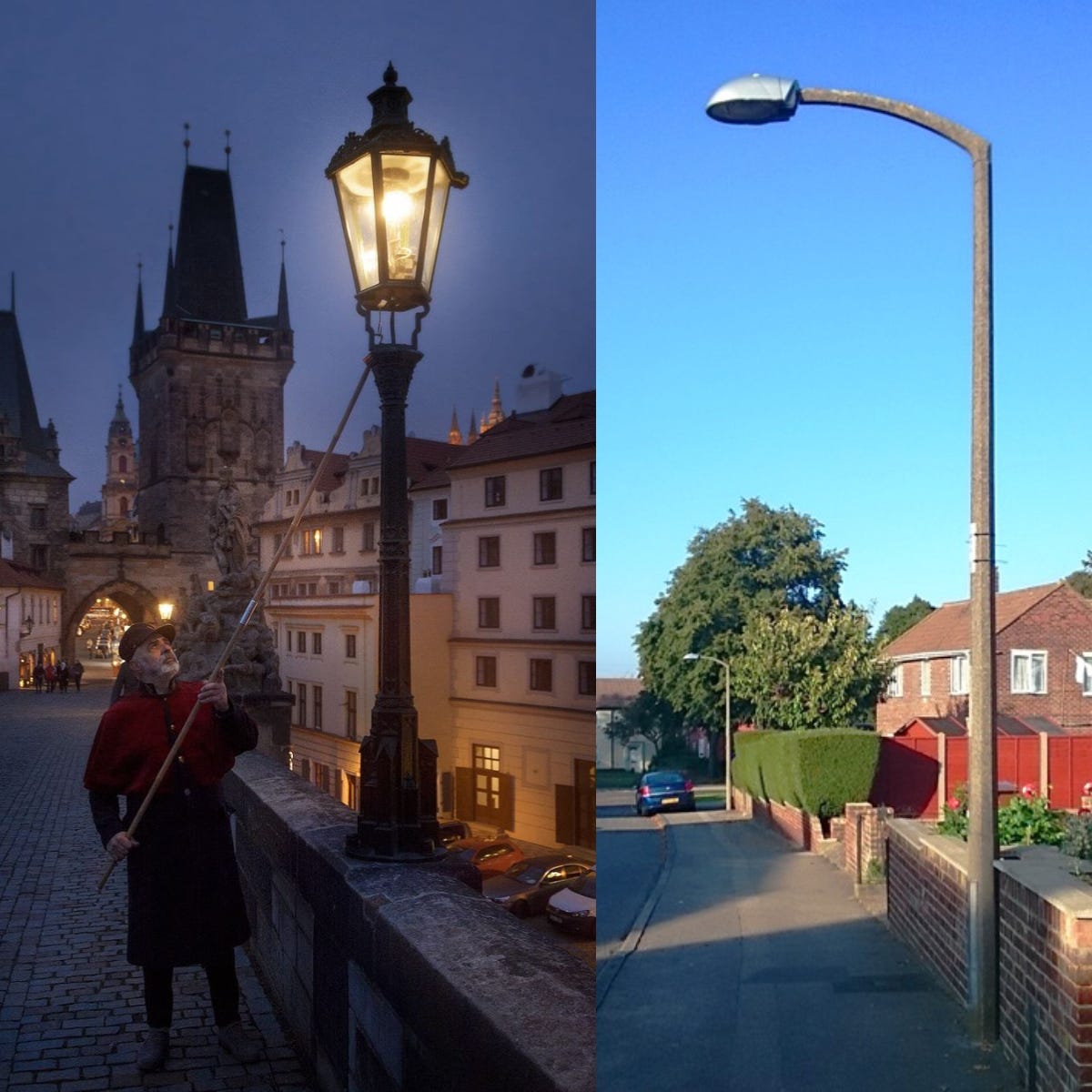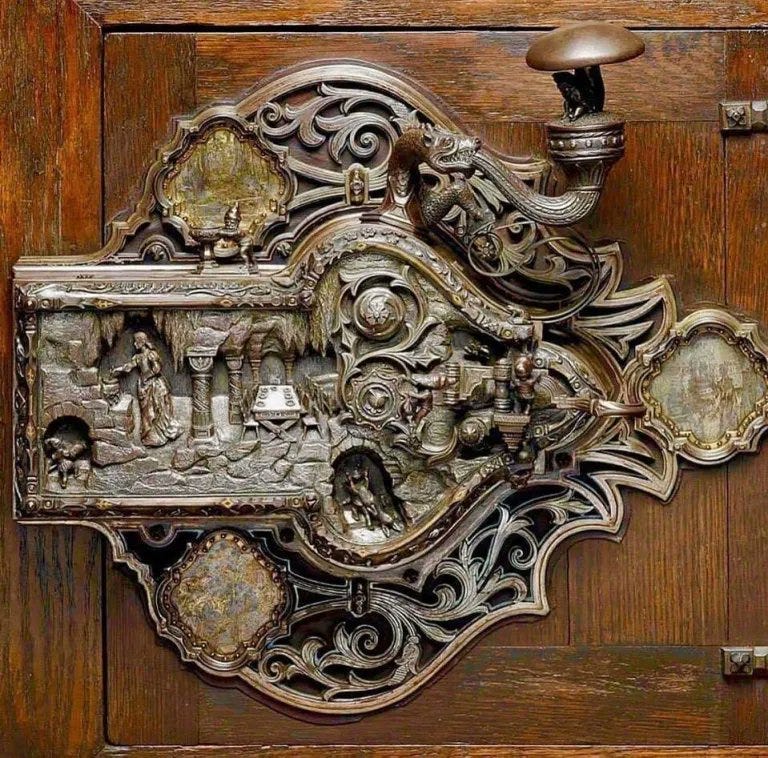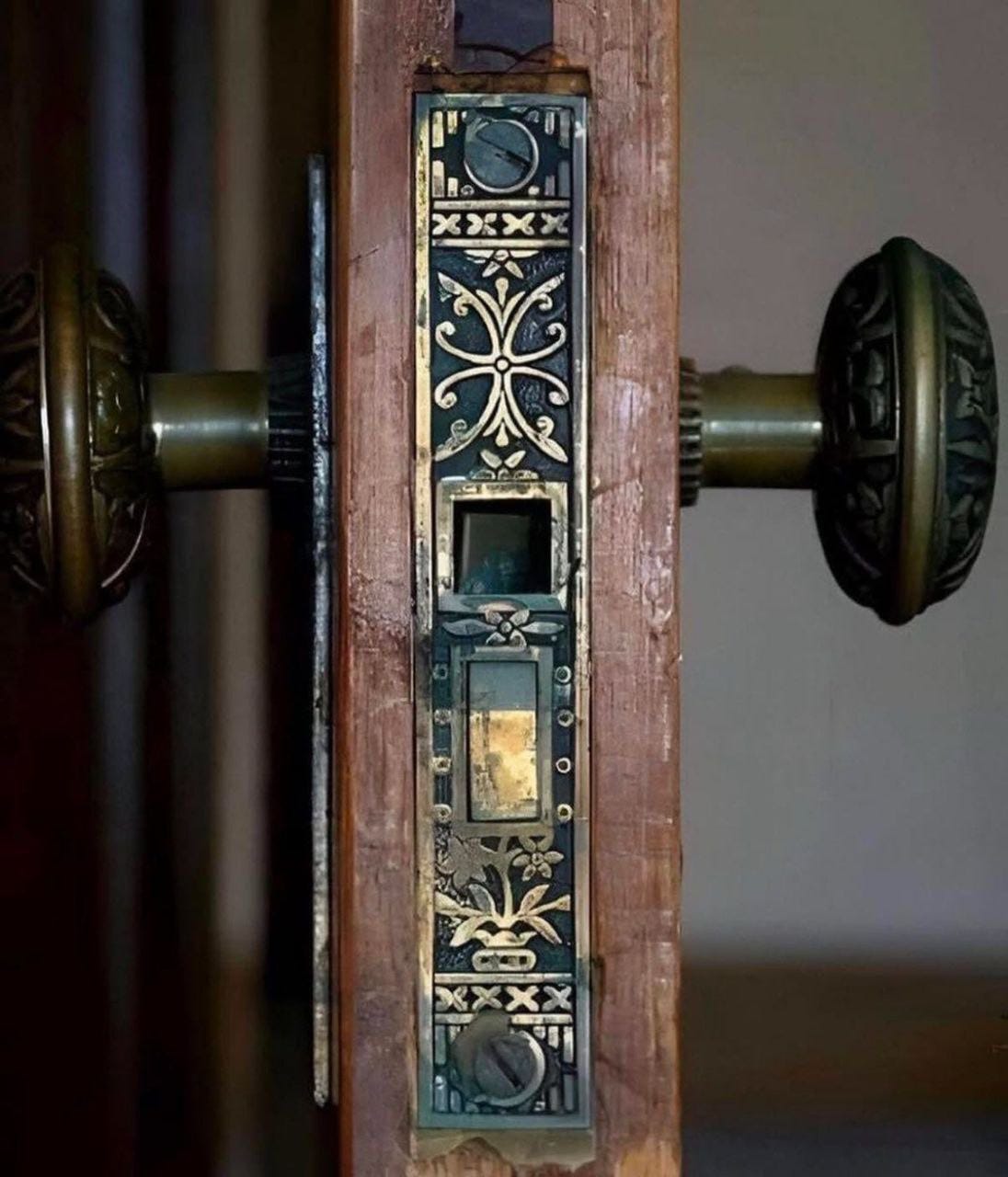The Beauty of Detail
And why the small things matter...
As William Morris said back in 1880:
Have nothing in your houses that you do not know to be useful, or believe to be beautiful.
It is a rule that only grows wiser with time. The longer you live, the clearer it becomes that the small things are never small…
Details matter. They matter because they show us that human effort can rise above mere utility. They matter because they carry memory, care, and sacrifice. Without them, our existence risks becoming flat, mechanical, and devoid of depth. Or, as Morris put it even more plainly:
The true secret of happiness lies in taking a genuine interest in all the details of daily life.
Reminder: Beauty is truth is a reader-funded publication that relies entirely on your support. There are no ads here, just a passion for sharing beauty.
Upgrade your subscription for just a few dollars a month to help my mission and access members-only content 👇🏻
The difference between good and great has always lived in the details…
After the Second World War, the world pivoted toward efficiency. Toward mass production, the stripping away of ornament, and, in part, the corporate desire to avoid offending anyone’s taste. The result was a flood of standardized buildings and objects, each one stripped of its delightful nuances. Perhaps some of the details that once adorned our world were useless — but only someone without a soul would define beauty as something redundant.
Compare contemporary lampposts with Prague’s historic street lamps:
Charles Bridge is one of the few bridges in the world still illuminated by gas lamps: each evening from December 1 to 23, a man dressed in a traditional 19th-century lamplighter’s uniform manually lights dozens of these magnificent lanterns.
Yet in most places, these enchanting masterpieces quietly disappeared, replaced by forms designed to be functional — and nothing more.
Minimalism became the default. Not just in architecture, but in the smallest, most intimate objects of daily life: a plain manhole cover, a bare letterbox, a product so reduced it might fit anywhere — and therefore belong nowhere. The shift was rapid, and it now feels almost deliberate: a tool to subdue rather than uplift, to dull rather than inspire. Minimalism itself is not necessarily bleak — simplicity can be beautiful. It becomes bleak when it erases what often matters most: detail.
Because details are everything...
They are what make the people we love unforgettable: the little idiosyncrasies that define them. They give objects and places their soul. They fill our memories with texture, color, and character. Without them, life flattens and love fades. For how can you truly love anything if everything looks the same?
In art, details are often the essence of the piece. A single unexpected note in a song that sends shivers down your spine. The impossibly alive eyes carved into ancient Greek sculptures. Or the smallest stroke of white paint, so delicately placed, that suddenly turns a painted gaze into something alive.
Edward Hopper once said:
Great art is the outward expression of an inner life in the artist, and this inner life will result in his personal vision of the world.
Details are the fingerprints of that vision.
The following are five marvels from the past that will amaze you, revealing how many nuances our world has lost and the remarkable way their presence can enhance our daily life...
1. Art Deco Letter Box, 1927
The Fred F. French Building (551 Fifth Avenue, New York City) features a stunning Art Deco letterbox, a beautiful example of the building's decorative details.
Designed by Sloan and Robertson and H. Douglas Ives, the building incorporates this mailbox as part of its overall Art Deco design aesthetic.
2. Brass Hand with Apple Door Knocker, 1890s
3. A Lock That Tells the Story of "Snow White and the Seven Dwarfs", 1911
This extraordinary door lock, crafted by German-born locksmith Frank L. Koralewsky, depicts the Grimms’ fairy tale Snow White and the Seven Dwarfs. Koralewsky, who trained as a traditional ironworker in his hometown of Stralsund before immigrating to Boston in the mid-1890s, devoted seven years to creating this masterpiece.
Made from iron, gold, silver, and copper, the lock exemplifies the early-20th-century fascination with “sentimental medievalism” and represents the pinnacle of metalworking artistry of the period. Its exceptional craftsmanship was recognized with a gold medal at the 1915 Panama-Pacific International Exposition.
4. Manhole cover in Japan, mid-20th century
The decorative manhole cover in Ueno Park, Tokyo, featuring Yoshino cherry blossoms, was introduced as part of Japan's initiative to create decorative manhole covers.
This movement began in the 1950s, with Tokyo's sakura (cherry blossom) being one of the first custom designs.
5. Antique Lock Inlay Details, ca. 1910
I chose this gem as the cover image for this article because it captures exactly why I’m so drawn to the aesthetics of the past: someone cared enough to make even the least-seen details beautiful.
This piece is a tangible expression of John Ruskin’s first principle of architecture, as described in The Seven Lamps of Architecture — the principle of Sacrifice. According to the English polymath, true architecture is a labor of love, where builders dedicate themselves to the enrichment of society and the beauty of the world around them, even when it demands extra effort, time, or resources.
In his famous essay, Ruskin wrote:
It is not the church we want, but the sacrifice; not the emotion of admiration, but the act of adoration; not the gift, but the giving.
Thanks for reading! A quick reminder: this newsletter runs entirely on reader support. There are no ads, just a passion for sharing beauty. If you enjoy the content, consider contributing a few dollars a month. Your support makes a huge difference — and as a bonus, you'll get access to exclusive articles and the full archive. Thank you!









I love your perspective — thank you for sharing it. Slow traveling through Europe stops me in my tracks often.
I’ll find myself in places of staggering natural beauty, but staying in accommodations that are stripped down to the point of feeling… hollow. Not unbearable, just a strange absence I can’t quite name.
Reading your words helps me see it more clearly — it’s the missing detail, the lack of texture that leaves the space flat instead of alive.
Ah how beautiful! It takes the eye of the soul to see these things as it did to create them. Thank you!